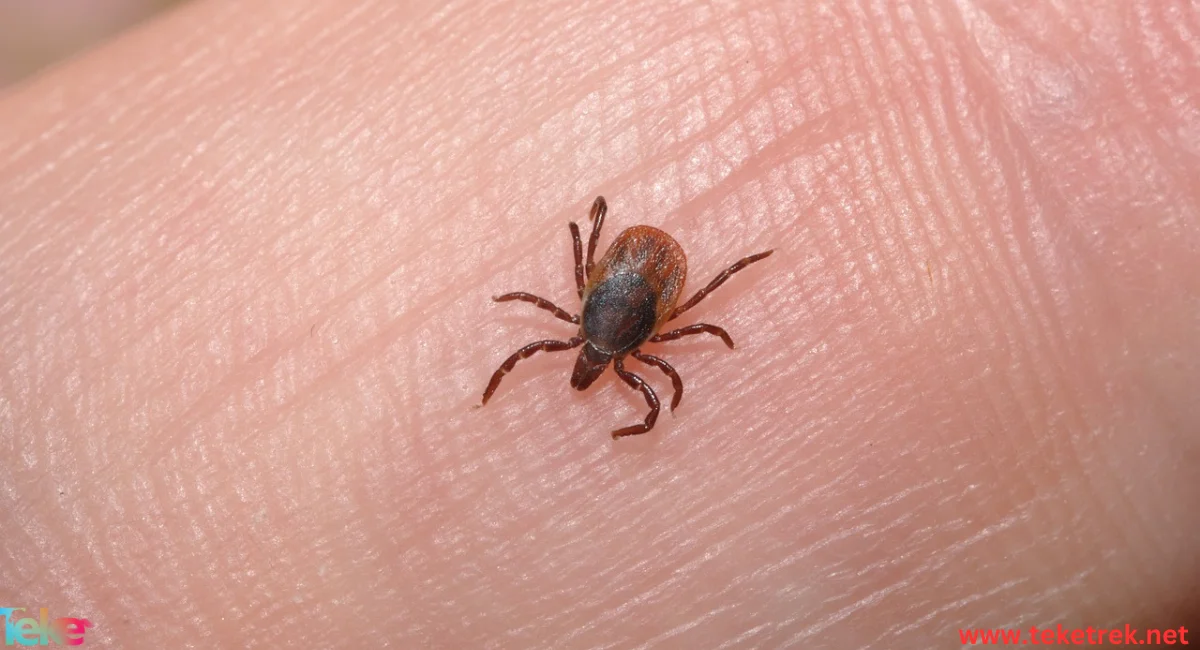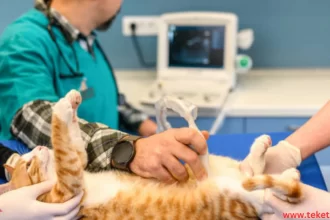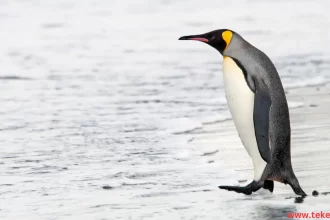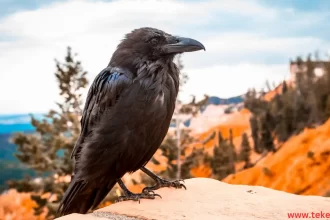Lice are a type of parasitic insects that live on the scalp, hair, and body of humans and animals. They can be seen in the form of eggs called nits. Lice feed on blood, which they draw from the scalp or skin, and they can have harmful effects on the skin and hair due to the itching and irritation caused by their bites.
Lice are usually transmitted through direct contact between people or through sharing infested clothing or personal items.
Getting rid of lice is a challenging task that requires the use of appropriate insecticides and measures to clean and disinfect the surrounding environment.
Lice tend to live longer on the heads of females than males, and girls aged 5 to 11 are more susceptible to infestation.”
In this article in TekeTrek Website, we will introduce you to the most important information related to this object. Follow along with us.
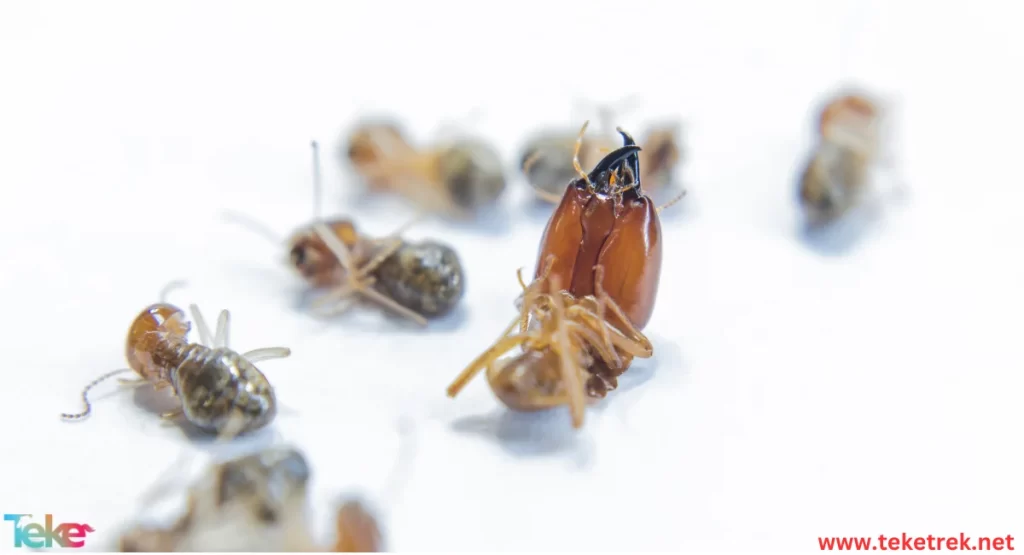
Specifications of lice
- Shape:
Lice have a small, oval shape, ranging in length from about 1 to 3 millimeters.
- Colors:
They are characterized by their compressed and woven body, with colors ranging from gray to brown. They can be transparent in some stages of their life cycle and are wingless.
- Head and Jaws:
Lice have a small head equipped with sharp jaws used for sucking blood. They usually have horns or small protrusions extending from the head and body.
- Feet and Claws:
Lice have short, strong legs with claws that allow them to attach to hair or skin, aiding in movement between hair and skin.
- Length:
The length of the egg is 0.5 millimeters, white in color, and is attached to the base of the hair close to the scalp.
Types of Lice
- Head Lice (Pediculus humanus capitis):
They live on the scalp and feed on blood found in the scalp. This type is mainly spread among children in schools and densely populated areas. An adult head louse is about the size of a sesame seed, with six claws and a white to grayish color. They can survive for about 30 days, and females are usually larger than males.
- Body Lice (Pediculus humanus corporis):
They live on the body and feed on blood found in the skin. This type is mainly spread in unclean conditions and when there is direct physical contact with an infested person. Body lice are larger than head lice and can attach to the body or crawl on clothing, garments, and blankets.
- Pubic Lice (Pthirus pubis):
They live in the pubic area and the surrounding hair, feeding on blood. This type is usually transmitted through sexual contact.
Lice food
the diet of lice, their primary and essential source of nutrition is human blood. Lice require human blood twice a day for reproduction.
Methods of infection
Head lice spread through crawling; they cannot jump or fly, so they primarily spread through direct contact with the hair of an infested person.
The stages of lice growth include
- The female louse lays eggs in the hair or on the skin, and the egg attaches to the hair or skin and remains there until it hatches. The eggs are small and resemble scalp flakes, and they are oval-shaped.
- After about 7-10 days, the egg hatches, and a nymph, which resembles a small larva, emerges.
- The nymph progresses to the first stage within about 9-12 days, which is an early stage of growth characterized by small size and a primitive shape.
- After about 10-14 days, it develops further, becoming slightly larger.
- After approximately 14-20 days, it becomes an adult louse, the stage at which it becomes capable of reproducing and surviving.
This cycle from egg to adult louse continues over time, allowing lice to continue reproducing and spreading.
Symptoms of lice
- Feeling intense itching in the hair, resulting from an allergic reaction to louse bites.
- This itching can persist for weeks after the lice are gone.
- In darkness, irritation occurs, making it difficult to sleep because lice are more active.
- The scalp may develop sores due to the severe itching caused by lice.
Lice treatment
- Moisturize and wash the hair with regular shampoo and thoroughly comb it.
- Search for eggs and lice in the comb and comb it thoroughly 4 to 5 times.
- Treatment with medications to kill any live lice.
- Wash clothes, bedding, and pillows within two days before starting treatment.
- Soak the hair comb in boiling water for 10 minutes.
- Avoid sharing personal items with anyone else.
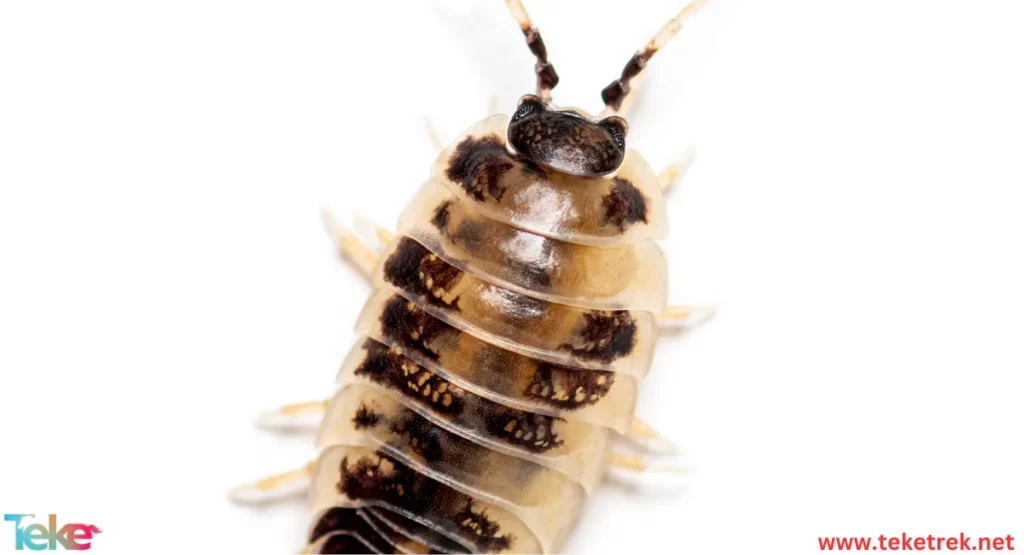
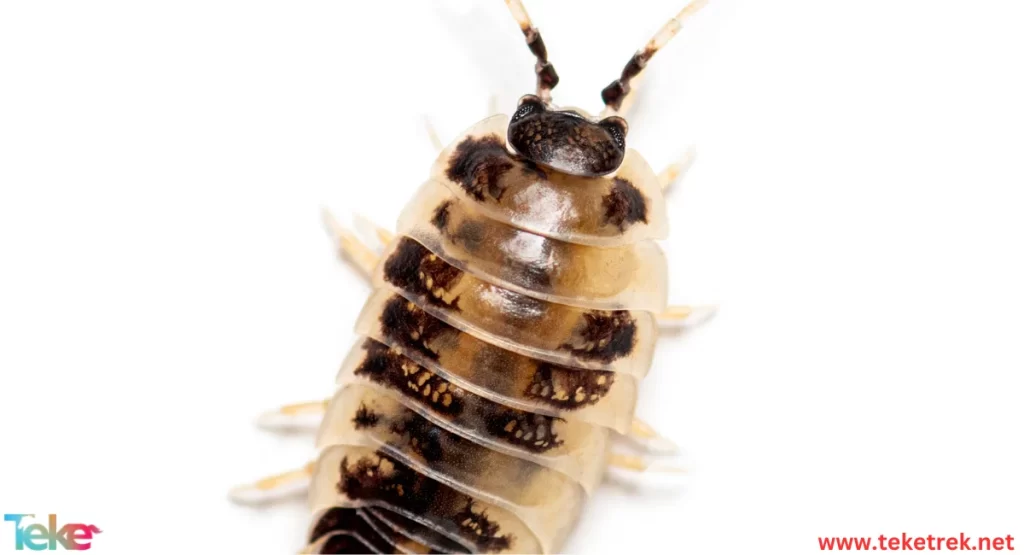
Facts About Lice
- Lice can reproduce rapidly, with a female louse capable of laying up to 10 eggs per day, making controlling lice infestations challenging.
- Lice can survive for up to two months without needing to feed on blood, making them resistant to harsh environmental conditions.
- Lice do not fly or jump; they only spread through direct contact and the sharing of personal belongings.
- Lice prefer warm areas around the neck and behind the ears.
- Despite their small size, lice and their eggs are visible to the naked eye.
- Female lice mature in just 7-10 days, after which they can start laying eggs.
- Lice move very quickly in dry hair.
- Lice may develop resistance to some insecticides used to eliminate them, making eradication more challenging.
- These insects have the ability to resist water and shampoo. Hair should not be washed daily when infested with lice.
- Lice cannot survive outside the scalp for more than 48 hours as they feed on human blood. However, eggs can survive on bedding, hairbrushes, and pillows for approximately 10 days.
Frequently Asked Questions About Lice
Q: Can lice go away without treatment?
A: If lice are discovered, they must be treated immediately because they will not disappear on their own but will multiply rapidly. Since lice secrete saliva into the scalp with each blood meal, they cause itching and may cause the child to scratch themselves.
Q_ Can lice survive a hair dryer?
A: A quick blow dry will not suffice to rid your hair of a lice infestation. The truth is that lice can withstand heat from a blow dryer and hot water, which is why you may have washed and dried your child’s hair a few times before realizing that a head lice infestation has even occurred.
In the end
In the end, we can say that lice are not a terrifying insect and are quite common, so there is no need to fear or worry. It is advised to regularly check wash bedding, pillows, and clothes continuously. The important thing is to follow prevention and treatment measures carefully and consult a doctor if needed.

